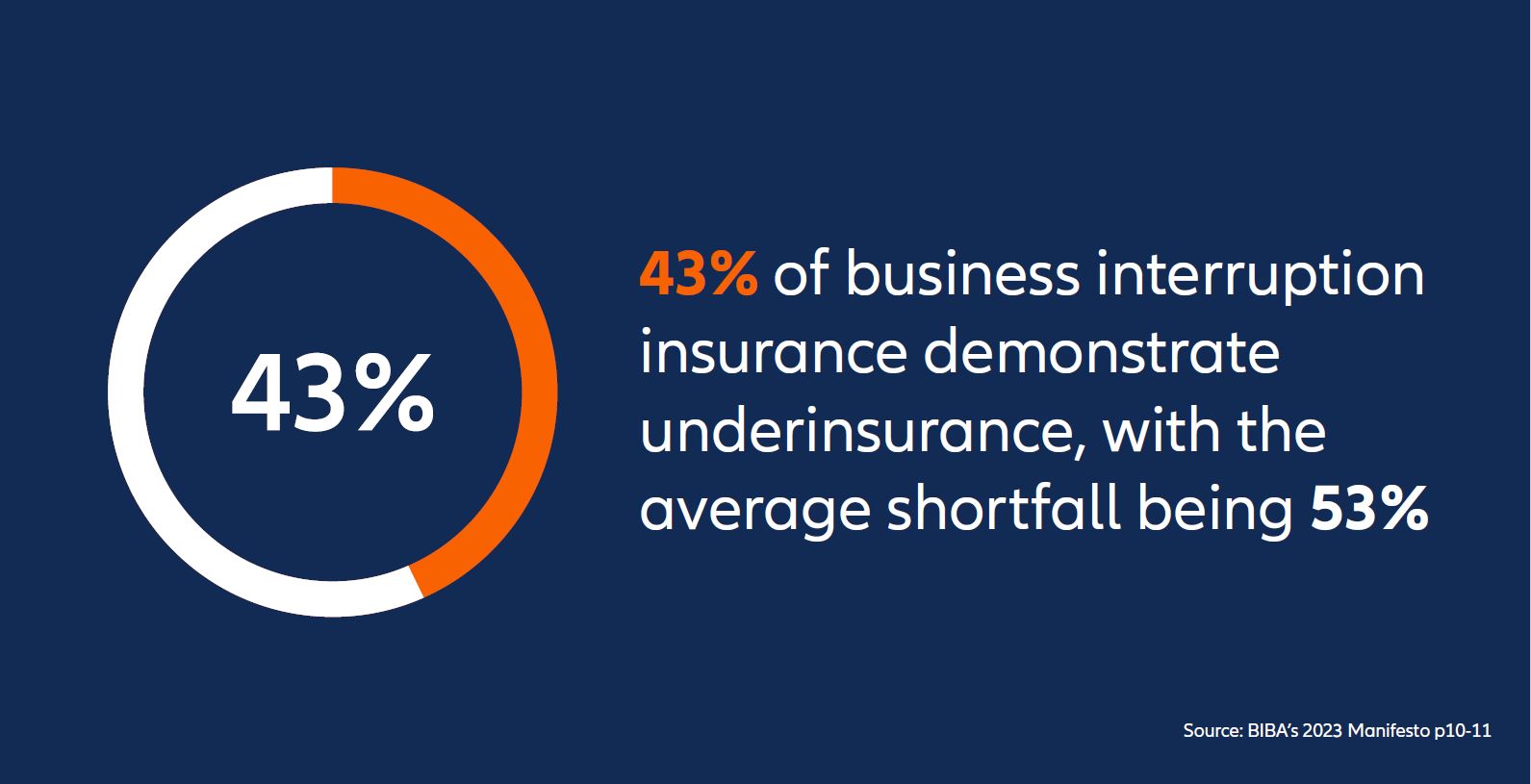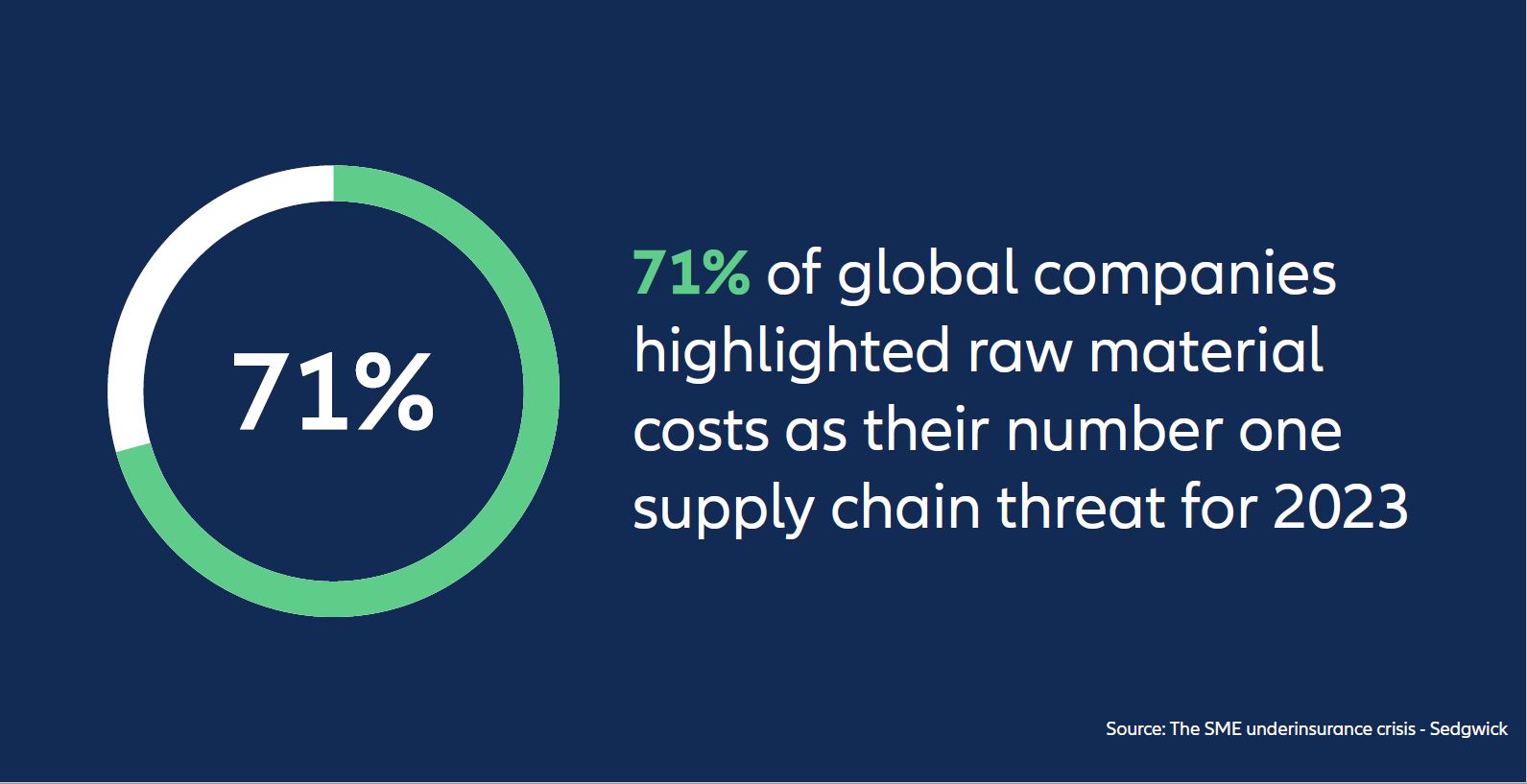Underinsurance means the level of insurance you have is not enough - and so it won’t offer the level of financial protection you need.
All businesses are open to risk if they don’t have the correct level of insurance for their needs and may be at risk of financial hardship as a result.
Here are some considerations SMEs can take to help avoid being underinsured.































